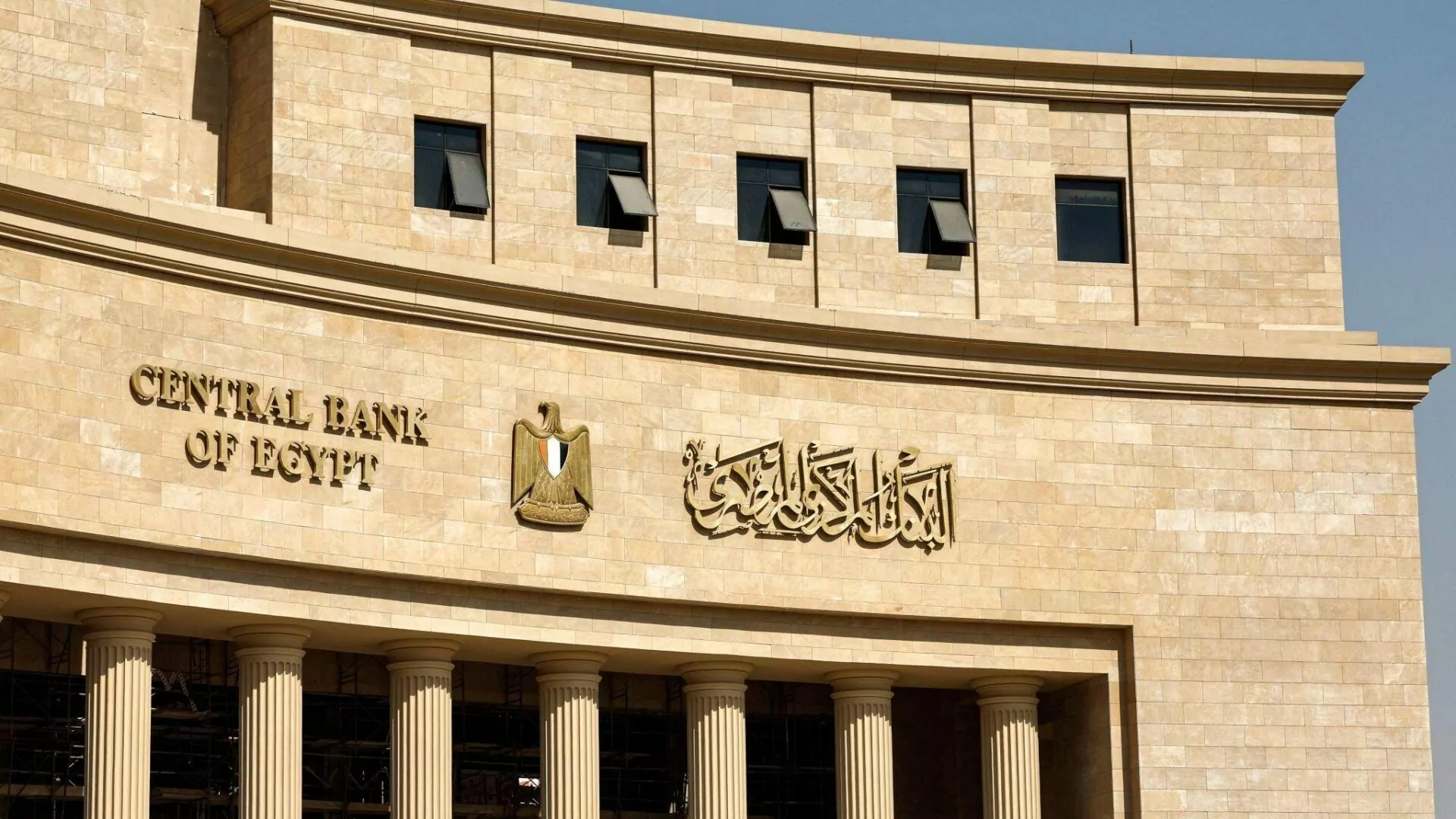Egypt inflation climbs past 12 percent threshold
Egypt’s urban CPI jumped to 12.5% in October as fuel and rent changes bite, putting pressure on the EGP, local yields, and the IMF-anchored reform programme. Investors should watch M2 growth and the EGP’s depreciation path.

The recent jump in Egypt’s urban consumer price index (CPI) to a worrying 12.5% year-on-year in October 2025 marked a significant reversal in the macroeconomic narrative, halting four months of outright deceleration and signaling fresh pressure on the nation’s fragile monetary, fiscal, and external stability metrics. While the wider country’s headline inflation stood lower at 10.1%, the urban reading is far more sensitive to immediate consumption dynamics and external vulnerabilities.
This sharp acceleration owes primarily to two distinct policy actions: a substantial 13% fuel price hike implemented mid-month, and the structural impact of a new rents adjustment law, both of which are now rapidly filtering through core and non-food inflation channels.
This reversal critically highlights the fragility of the IMF-anchored disinflation path. Prior to October, the Central Bank of Egypt (CBE) had enjoyed success in bringing inflation down from its crisis peak of 38% in September 2023, which supported their decision to cut the overnight rate by 100 basis points (bps) in October, following a 200 bps move in August.
However, this policy easing, based on the assumption that inflation was consistently receding, now appears prematurely aggressive given the immediate impact of the policy-driven price shock. The CBE faces an acute policy dilemma: either pause its easing cycle or risk seeing its policy credibility erode if inflation persists, forcing an eventual, larger hike.
Mechanistically, the fuel price surge immediately increases input costs across the entire logistical chain—transport, manufacturing distribution—generating widespread secondary price inflation. Concurrently, the new rent-law contributes a structural upward drift in housing costs, revealing that underlying structural price pressures persist beyond transient shocks. Market participants interpret this as a strong warning flag: the disinflation path is not self-sustaining and remains highly vulnerable to external commodity price fluctuations and necessary, but economically painful, fiscal reform execution.
From a macro and investor perspective, the consequences are immediate. If inflation remains sticky above 12% for the coming quarters, real yields on Egyptian debt will erode significantly. For foreign holders, who need a high return to justify the risk in an emerging market with a nominal GDP of roughly US$349 billion, this erosion increases the likelihood of capital flight. This risk is amplified by already high debt amortisation pressures.
The local currency, sovereign bond yields, and credit risk premiums must now immediately reflect the increased risk of slower disinflation and possible renewed EGP currency pressures, despite the economy showing resilience with real growth estimated around 4.3% for 2025.
The key risk to the entire stabilization program is the temptation for policymakers to revert to fiscal accommodation (e.g., reintroducing or delaying subsidy cuts) to appease consumers, a move that would critically undermine the IMF anchor and lead to severe exchange-rate volatility. Looking ahead, if inflation fails to fall below 10% by end-2025—assuming no further commodity shocks by Q2 2026—we would expect the CBE to hold policy rates steady.
Furthermore, any significant deterioration in the EGP could trigger a yield spread widening of 30–50 bps on 10-year Egyptian debt. The critical indicators to watch are M2 growth holding persistently above 20% and the EGP’s nominal depreciation exceeding 4% per annum, both of which would signal meaningfully elevated risk to Egypt’s hard-won stabilization.





